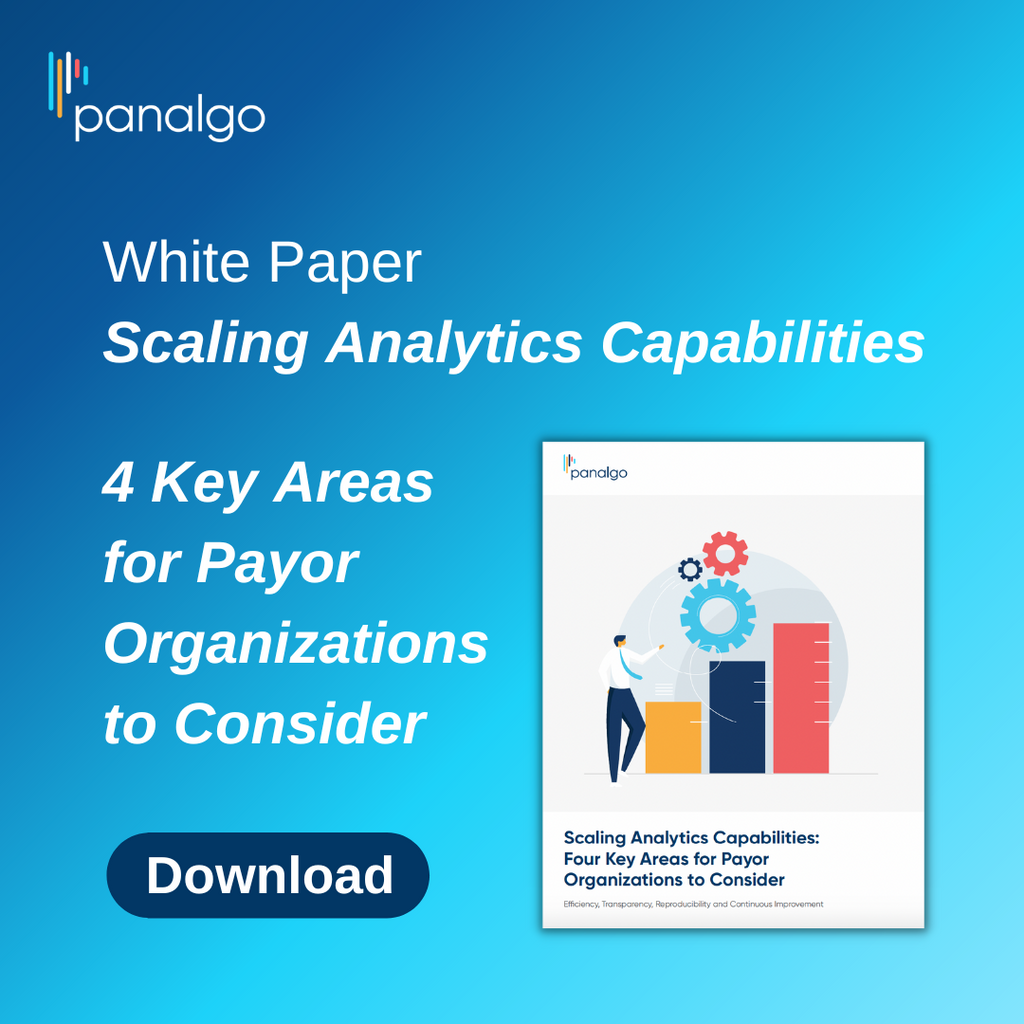PSG Survey Finds 33% of Health Plans, Employers Cover GLP-1s for Obesity
-
Jul 03, 2024
A recent survey from the Pharmaceutical Strategies Group (PSG) found that 33% of health plans and employers provide coverage for GLP-1 medications for obesity and 91% cover them for Type 2 diabetes. While an additional 19% of respondents said they were considering covering the drugs for obesity, plans and companies that do not cover the medications indicated they were primarily concerned with their high costs or considered them as lifestyle drugs rather than as pharmaceuticals to treat obesity as a disease.
“In an ideal world, if these drugs were really cheap, everyone would cover them for obesity,” says Morgan Lee, Ph.D., PSG’s senior director of research and strategy and one of the report’s authors. However, she notes GLP-1 medications such as Novo Nordisk’s Wegovy (semaglutide) and Eli Lilly & Co.’s Zepbound (tirzepatide) have a wholesale acquisition cost of about $13,000 per year, and more than 40% of the U.S. population is obese. If 40% of a payer’s members take GLP-1s, Lee says the financial impact could be “terrifying.”
“One of the big barriers is just, how can you afford it?” Lee tells AIS Health, a division of MMIT. “And then it does become kind of what are those strategies for really getting [GLP-1s] to the right group of people who will benefit the most from that drug. But I don’t think that anyone’s intent is to just keep a useful drug away from people. It’s just trying to figure out how to make it work within the scope of also paying for everything else that’s needed within the pharmacy benefit.”
Payers Have ‘Wide Variation’ in Obesity Views
For PSG’s “Trends in Drug Benefit Design” report, released on June 11, the authors surveyed 233 benefits executives in February and March of this year: 66% of the respondents were from employers, 29% were from health plans and the remainder were from unions/Taft-Hartley plans. The survey excluded all types of health plans except those “whose organization only covers workers compensation, Medicare, and/or Medicaid members under its pharmacy benefit.” Most of the employers had self-funded plans, while 53% had more than 5,000 employees and 47% had 5,000 or fewer employees.
The authors noted the American Medical Association recognized obesity as a disease in 2013, although they wrote that “the mindset of obesity as a chronic condition has not been universally adopted.” They asked benefits executives’ views on obesity on a scale of 1 (defined as a lifestyle condition and thus treatments should not be covered) to 10 (defined as a chronic condition that should be covered).
The mean response was 5.2, which Lee noted during a June 18 webinar “demonstrates that we’re continuing, as we saw last year, to see wide variation in how obesity is perceived….As a researcher, I can’t remember the last time I saw data so evenly distributed across the scale. It really says that people have viewpoints at the far ends and everywhere in between.”
Michael Medel, Pharm.D., a PSG senior vice president and practice lead for plan sponsors, noted during the webinar there were differences between the groups regarding perception of obesity. The mean was 5.6 for employers, meaning they tended to treat obesity closer to a chronic condition, whereas health plans had a mean response of 4.6, leaning more toward obesity as a lifestyle condition. As such, only 23% of health plans surveyed covered GLP-1s for obesity, while 37% of employers covered them for that indication.
“There are major differences between the goals of a health plan versus the goals of an employer when it comes to the pharmacy benefit, and this is no exception,” Medel said. “Employers work for one population…which is themselves, so coverage of GLP-1s may be a little more personal to them because of their team members that might require this, [compared with] a health plan that covers many, many different types of populations. Given all of the media attention surrounding weight loss…employers might feel like coverage is necessary for their population.”
Bariatric Surgery Coverage Is More Common
Although only one-third of respondents covered GLP-1 medications for obesity, 73% covered bariatric surgery, which the researchers noted typically costs between $17,000 and $26,000. But whereas the surgery is a one-time cost, they said studies have shown people should continue taking GLP-1s for as long as they can tolerate them, meaning the lifetime costs could often be significantly higher than for surgery.
Asked to give one reason why they do not cover GLP-1s, 38% of respondents said it was “too expensive to cover for all members for whom they would be prescribed,” while 27% said they “considered these to be lifestyle drugs, which are excluded from coverage.” Additionally, 16% said they had “concern that use may not lead to long-term weight loss” and 12% said they worried about the “indefinite duration of use.”
The survey found that 79% of respondents, including 74% of employers and 89% of health plans, said they were “moderately” or “very” concerned with the affordability of GLP-1 medications. Among those plans and employers that cover GLP-1s for obesity, most had put in place cost-containment strategies: the most common were prior authorization (81%), followed by a body mass index requirement (58%), quantity limits (39%) and a comorbid condition requirement (38%).
Medel tells AIS Health that PBMs and third-party vendors are introducing lifestyle modification programs targeting people with GLP-1 medications as another way to manage the situation. The programs vary from offering “lifestyle coaches” who can help provide guidance to requiring members to implement diet and exercise changes before allowing them to initiate coverage with GLP-1s.
“I think we’re going to see more and more lifestyle programs that will come out as either a separate point solution that you can purchase or within a PBM’s program,” Medel says.
Lee adds that GLP-1s manufacturers recommend people taking the medications should also eat healthier and exercise.
“It is quite reasonable to say that lifestyle modification should be a part of it,” Lee says. “Exactly what is the right program to use is much more of a question because they differ quite a bit.”
GLP-1 Coverage Should Increase
While 8% of respondents said they previously covered GLP-1s for obesity but no longer did so, both Medel and Lee predicted that more employers and health plans in the coming years will cover them despite the financial impact. Medel says people are inundated with celebrities talking about GLP-1s, leading to more demand for the medications. He adds there are 10 medications in the pipeline that are being evaluated in clinical trials to treat obesity, which could potentially lead to more competition for Wegovy and Zepbound and lower prices. This month’s American Diabetes Association Scientific Sessions featured research on numerous investigational GLP-1s that the FDA could approve in the next few years.
“I’m going to say that we’re probably going to lean to the side of more coverage than less coverage,” Medel says. “It just makes some sense. [If] you lose weight, that could have some other positive health aspects, [although] we’re still waiting for good data on that. But losing 20, 30 pounds can certainly help with many other diseases that you might have, so I think the trend will be towards coverage.”
Lee notes that the FDA in March expanded the approval of Wegovy to treat cardiovascular conditions, while pharmaceutical manufacturers are testing GLP-1s for other indications such as sleep apnea, which could expand their use. For instance, two Phase III clinical trials published on June 21 in the New England Journal of Medicine found people with obesity and sleep apnea who took Zepbound experienced weight loss and showed improvement in sleep-related outcomes.
“[Payers] might say, ‘Hey, I may still choose not to cover for someone who only has obesity, but if they have obesity and they have a cardiovascular diagnosis, then I would cover,’” Lee says. “As we see those additional indications, maybe those select pockets of the population…could benefit the most from [GLP-1s]. I think there’s a lot of ways that it could go, but it seems like the future is [trending] toward more coverage.”
This article was reprinted from AIS Health’s biweekly publication Radar on Drug Benefits.
© 2025 MMIT











